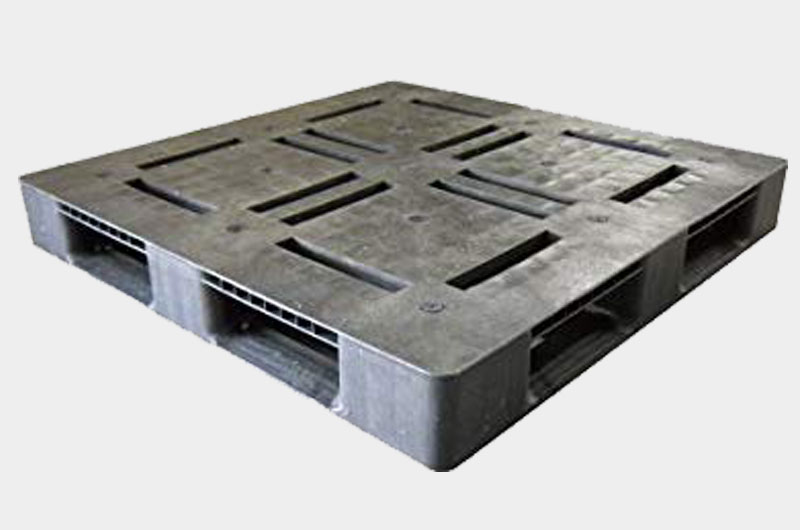Optimize Warehouse Productivity with Lean Warehouse Tools
페이지 정보

본문
Maximizing warehouse productivity is a constant challenge for many companies, as it most impacts their financial performance. Warehouses are complex operations that include receiving, storing, and shipping products efficiently. The more effective the warehouse operation is, the greater the potential for cost savings.
Traditionally warehouses rely on manual data entry, which can lead to productivity losses. One way to minimize these issues is to use lean principles to streamline warehouse operations. Lean operations involves eliminating waste, optimizing processes, and enabling employees to work at their full potential.
Lean warehouse tools can help maximize productivity in several key areas:
1. Inventory Management: Lean inventory management practices help optimize inventory levels to prevent overstocking. This ensures that stores are fully stocked but not carrying too much inventory. Companies like InventoryLab offer inventory management solutions that easily integrate with e-commerce platforms and popular shipping providers.
2. Shipping and Receiving: Improving shipping and receiving procedures can significantly improve warehouse efficiency. Companies can also utilize tools such as ShipStation, which facilitate complex shipping operations by increasing carrier choices, generating labels quickly, and ensuring that orders remain trackable.
3. Warehouse Layout and Design: Improving warehouse layout and design can significantly improve operational workflows. By wisely locating equipment, storage, and storage facilities, warehouses can encourage efficiency. Technology platforms like Manhattan Associates' Warehouse Management can offer integrated software and expertise to do so.
4. Reporting and Analytics: Accessible reporting and analytics dashboards allow warehouse managers to monitor key performance indicators, monitor process performance, and recognize improvement opportunities. Organizations can deploy tools such as other cloud-based platforms for full-scale real-time monitoring.
5. Staff Management: Improving training and development of employees enables warehouse managers to make informed decisions. Various enterprise software solutions like Bitrix24 can offer workplace performance assistance, permitting seamless data transfers among various end-positions and multiple-level support collaboration.
The implementation of lean warehouse tools can be cumbersome, as it requires a change in company culture, employee behaviors, and significant investments. However, プラスチックパレット the rewards will far surpass the expenditures, transforming warehouses into low-waste operations where employees have the liberty to innovate and recognize areas for improvement.
Traditionally warehouses rely on manual data entry, which can lead to productivity losses. One way to minimize these issues is to use lean principles to streamline warehouse operations. Lean operations involves eliminating waste, optimizing processes, and enabling employees to work at their full potential.
Lean warehouse tools can help maximize productivity in several key areas:
1. Inventory Management: Lean inventory management practices help optimize inventory levels to prevent overstocking. This ensures that stores are fully stocked but not carrying too much inventory. Companies like InventoryLab offer inventory management solutions that easily integrate with e-commerce platforms and popular shipping providers.
2. Shipping and Receiving: Improving shipping and receiving procedures can significantly improve warehouse efficiency. Companies can also utilize tools such as ShipStation, which facilitate complex shipping operations by increasing carrier choices, generating labels quickly, and ensuring that orders remain trackable.
3. Warehouse Layout and Design: Improving warehouse layout and design can significantly improve operational workflows. By wisely locating equipment, storage, and storage facilities, warehouses can encourage efficiency. Technology platforms like Manhattan Associates' Warehouse Management can offer integrated software and expertise to do so.
4. Reporting and Analytics: Accessible reporting and analytics dashboards allow warehouse managers to monitor key performance indicators, monitor process performance, and recognize improvement opportunities. Organizations can deploy tools such as other cloud-based platforms for full-scale real-time monitoring.
5. Staff Management: Improving training and development of employees enables warehouse managers to make informed decisions. Various enterprise software solutions like Bitrix24 can offer workplace performance assistance, permitting seamless data transfers among various end-positions and multiple-level support collaboration.
The implementation of lean warehouse tools can be cumbersome, as it requires a change in company culture, employee behaviors, and significant investments. However, プラスチックパレット the rewards will far surpass the expenditures, transforming warehouses into low-waste operations where employees have the liberty to innovate and recognize areas for improvement.

- 이전글The Importance of Processing Power in Gaming 25.04.14
- 다음글How To Lose Weight Without Weight-reduction plan 25.04.14
댓글목록
등록된 댓글이 없습니다.